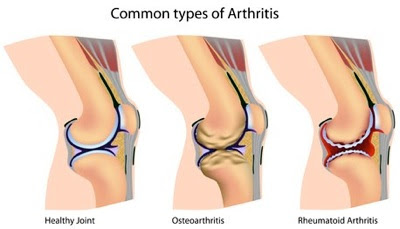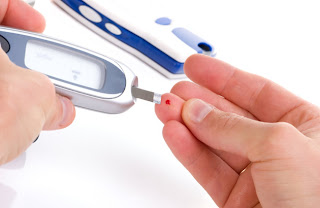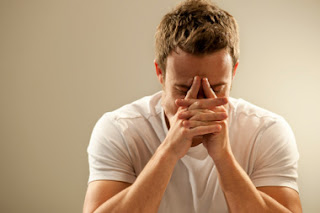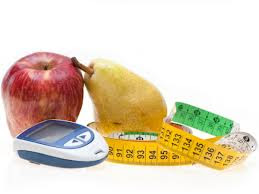 |
| A Look at Different Depression Treatment Regimens |
One of the most prevalent
health problem in many countries around the world is
depression. Indeed, researchers have concluded that a majority of people will experiencing clinical
depression at some point during their lifetimes. As a result, all people should at least have a basic awareness of what different
depression treatment regimens are available in the 21st. Indeed, when it comes to
depression treatment, there are a number of different options available to people afflicted with this possibly debilitating
disease.
If a person is suffering from a mild, isolated case of
depression, an effective
depression treatment program may include more sleep, an improved diet and
increased exercise. In some instances, a combination of these recourses does result in an effective
depression treatment regimen.
Many people find themselves suffering through a more serious about of depression. In such instances, a depression treatment program must include professional assistance. When consulting with a qualified health care professional, a depression treatment program that includes therapy and medication or medications is likely to be recommended.
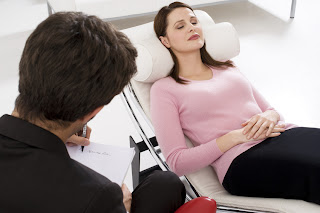 |
| depression treatment program include therapy |
When it comes to a depression treatment program, medications are helpful to aid in the reduction of the symptoms that commonly are associated with a depressive illness. With that said, in most cases, it is important that a depression treatment program include therapy. Therapy is an important element of a depression treatment program in many cases to assist the afflicted patient with discovering the root causes of the depressive illness with which he or she is afflicted.
In some instances, a
depressive illness is so serious that a
depression treatment program includes inpatient hospitalization. In most instances, a person who is hospitalized for a
depressive illness will only be confined for a short period of time -- for a matter of days. The goal of hospitalization as a
depression treatment regimen in the 21st century is patient stabilization. The long term treatment will be conducted on an outpatient basis. Long gone are the days (in most cases) in which stabilization and intensive treatment occurs while a patient is involved in an inpatient
depression treatment program.
In recent years, many mental
health care professionals have again begun to advocate the use of EST (electro-shock therapy) for patients who have a more profound
depressive illness. For some period of time in the 1970s and 1980s, EST as a
depression treatment option was frowned upon by a wide sector of the mental
health care professional community. However, in recent years, the techniques associated with EST have been refined and many doctors have come to see beneficial results in their patients who are subjected to a
depression treatment regimen that includes EST. But, again, EST is utilized as a
depression treatment option in only a limited number of cases in which the
depression of a particular patient is severe and unabated over an extended period of time. As with
depression treatment programs that include medication, patients who receive EST also participate in a course of therapy to try and discover the root causes of the
depressive illness.

